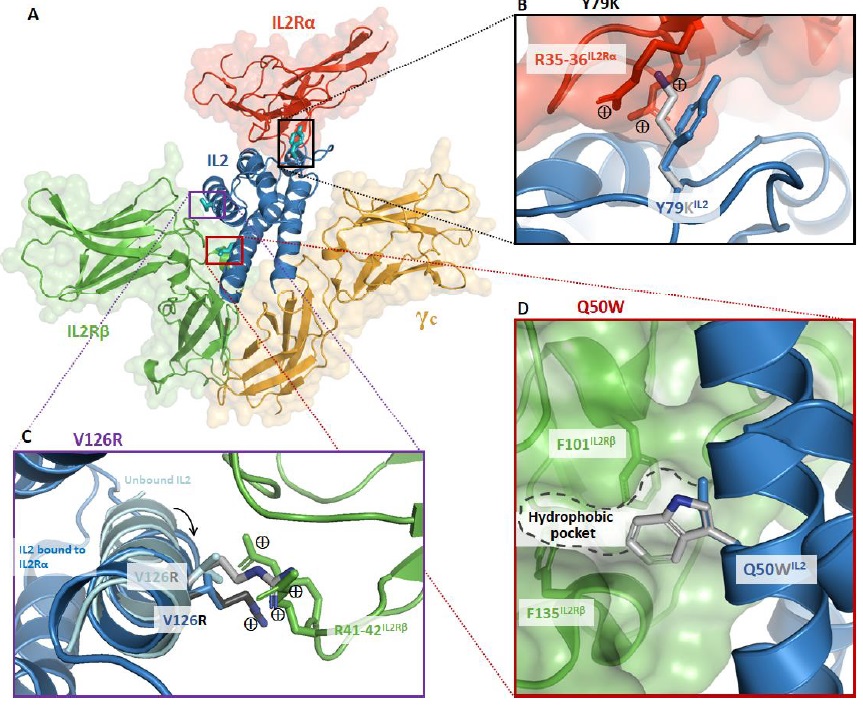
We now have a brand new pre-print out, on novel designer IL2 mutations!
IL2 is a strong immunomodulator, however the twin roles make it complicated to make use of, and plenty of designer mutations cut back bioactivity or lead to poor manufacturing. This makes it a lot more durable to maneuver these muteins to the clinic.
Rob van der Kant, Joost Schymkowitz and Frederic Rousseau from the VIB Swap lab took up the problem of designing new IL2 mutants that not solely enhance the specificity for Tregs or CD8 T cells, but additionally keep bioactivity and truly enhance manufacturing capability. They despatched the designs over to us to check!

Nice work from Amy Dashwood screened these mutations designs in vitro, with in vivo testing by Ntombizodwa Makuyana leading to a set of mouse and human IL2 muteins with the specified organic properties. Specifically we remedy among the widespread points with IL2 muteins by contemplating the certain and unbound constructions. For instance, to make IL2 particular for Tregs, the method is to permit binding to IL2RA, the excessive affinity receptor sub-unit utilized by Tregs, whereas block binding to the IL2RB utilized by CD8 T cells. The issue is that Tregs additionally want the total IL2RA-IL2RB-IL2RG trimer to assemble for optimum sign. So the everyday Treg mutein is extra particular, but additionally has poorer bioactivity. We solved this by making a block between IL2 and IL2RB that strikes out of the way in which after IL2 binds IL2RA, permitting the total trimer to type. These muteins usually are not solely superior to the unique IL2 when it comes to mobile specificity, however by eradicating the aggregation-prone areas. By identifiying the aggregation gateway residues and altering them to be aggregation-resistant, we will additional enhance these muteins by making them aggregation resistance. The online impact is that the IL2 muteins we made are extra particular for both Tregs or CD8 T cells, and also will be cheaper and simpler to supply – the right combo for biologic medicine!
Our take-home message: if you’re engineering proteins for therapeutic use, bear in mind to take note of manufacturing, aggregation and bioactivity. These components depend in relation to making a drug!
Check out the full paper on BioRxiv.
Trending Merchandise











